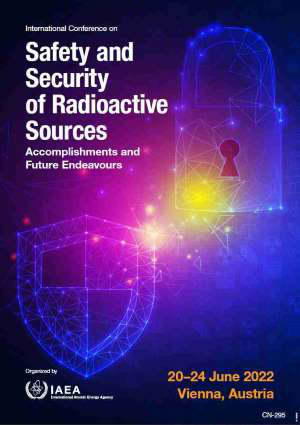Speaker
Description
Selective internal radiation therapy using Yttrium-90 labelled microsphere is increasingly used to treat hepatocellular carcinoma. Based on its properties, Yttrium-90 can produce bremsstrahlung radiation which is essential for post treatment localisation and dosimetry. However, bremsstrahlung radiation could lead to increase of radiation exposure to radiation workers. The aim of this work was to determine the Yttrium-90 bremsstrahlung radiation produced from the polymethyl methacrylate radiation shielding apparatus using Monte Carlo simulation. Scintillation detector with Cesium-137 standard source was used to validate the Monte Carlo simulation. After validation, Yttrium-90 bremsstrahlung photons spectrum produced from radiation shielding apparatus was simulated. The radiation equivalent dose rates to head, neck, body, lower extremities at distance of 30 centimeters, and finger (contact the knob) were estimated to be 4.89 ± 0.57, 6.16 ± 0.11, 18.88 ± 0.39, 13.05 ± 0.60 and 3896.61 ± 44.26 µSv/h respectively. The corresponding annual doses were exceeded the limit when radiation workers performed 2631, 1563, 769 and 515 cases per year with contract the knob 3, 5, 10 and 15 minutes per case respectively. The simulation result showed that radiation exposure to radiation workers and the number of selective internal radiation therapy procedures performed should be considered.
| Country OR Intl. Organization | Thailand |
|---|

